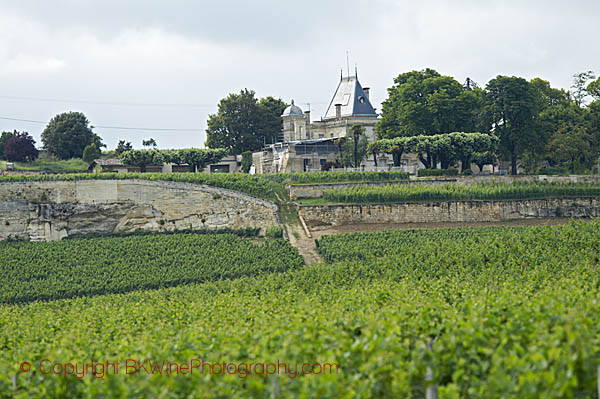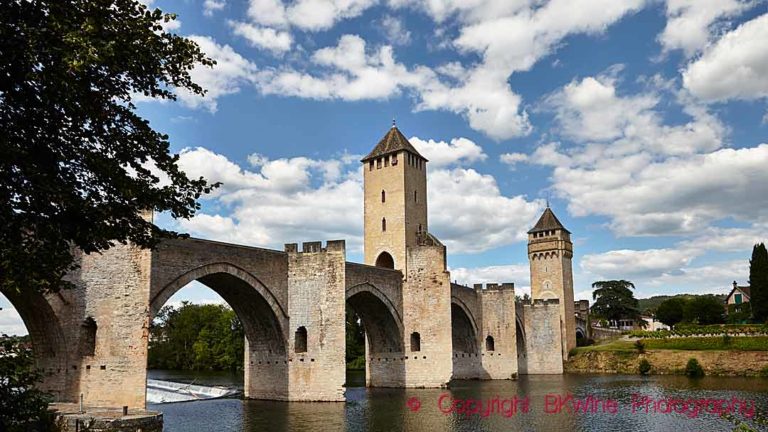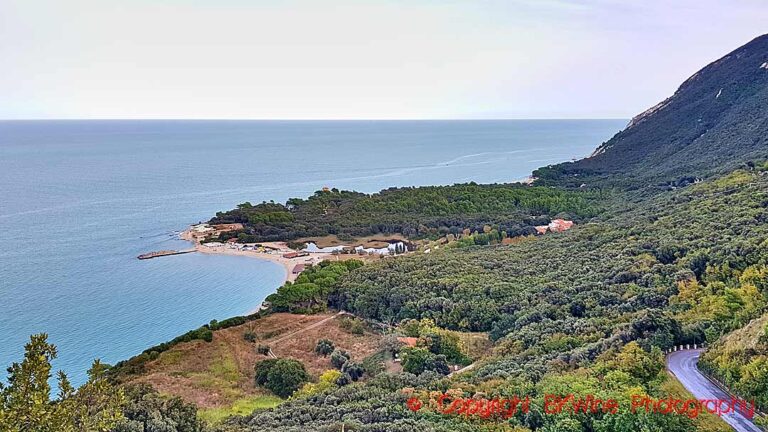Saint-Emilion and Pomerol are in many ways different from the aristocratic Médoc. Here chateaux are smaller, if at all they can be called chateau. The scenery is prettier with rolling hills and with the lovely medieval town of Saint Emilion, one of France’s most charming wine villages.
The wines too are different and in much the same way. The high tannins and rigid structure of the Médoc wines have been replaced by a roundness, fullness and a softer fruit. Saint Emilion and Pomerol wines are more immediately appealing and ready to drink at an earlier age than the Médoc wines.
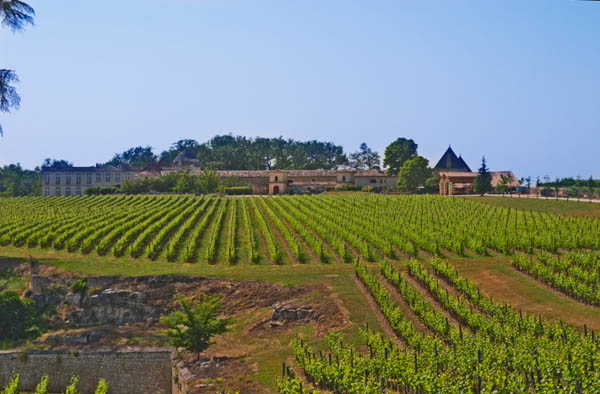
The soil also differs from that of the Médoc and the Graves. It is colder with varying contents of clay and limestone. Cabernet Sauvignon does not thrive as well in this soil as in the more sandy-gravelly soil on the Left Bank and therefore it is grown to a lesser extent. Instead merlot dominates both in Saint Emilion and in Pomerol. It gives a fuller, softer wine with higher alcohol content, sweeter fruit and less rough tannins than cabernet sauvignon.
These characteristics have made the wines very popular although many still insist in considering the Merlot based wines as less of supreme quality than the neighbours made from cabernet sauvignon. But you just have to mention the name Pétrus to make these doubters shut up.
Bordeaux most expensive wine
The Pomerol wine carrying the name Château Pétrus is in fact today one of Bordeaux’s most expensive wines, three times as expensive as a premier grand cru classé in the Médoc, and it is made from 95% merlot. And that is not all. Another estate in Pomerol, Le Pin, has in recent years reached such a success that prices today are comparable to Petrus. Le Pin is made from 100% Merlot.
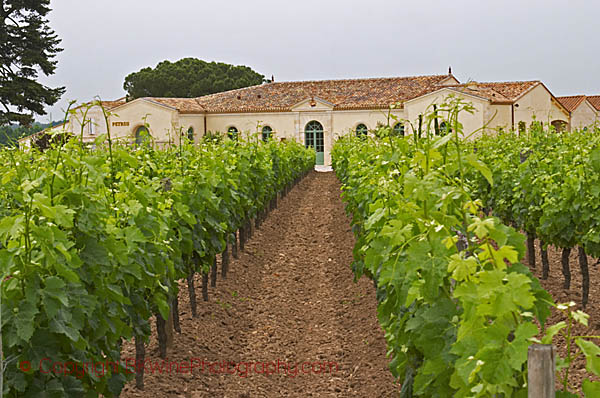
At Pétrus the peculiar iron-rich and loamy soil brings out the very best from the merlot grape. The vines are also very old. But it is also some very clever marketing that has been important for the chateau’s success. A success that does not go very far back in time. It was not until 1964 that Jean-Pierre Moueix bought 50% of Pétrus and understood that this was a potential gold mine.
Petrus made fine wines before then, but it was not yet very well known. Moueix started an intensive campaign to make Pomerol wines in general and Château Pétrus in particular known. He has meant a lot for bringing the Pomerol wines to the attention of wine lovers the world over. Today it is his son Christian, who manages Pétrus. The family also owns a few other properties in Pomerol including Château Trotanoy and Chateau la Fleur Pétrus.
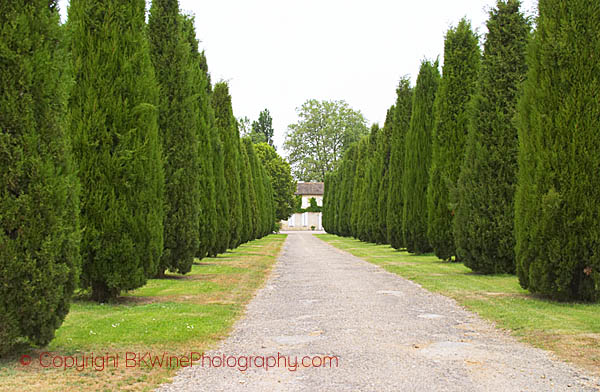
Another explanation for the high prices of Pomerol wines is that this is an extremely small appellation compared to other appellations in Bordeaux. All of Pomerol consists of only 700 hectares compared with, for example, 8000 ha in the Haut-Médoc. This means that most estates are small, usually less than 10 hectares. High demand and low production inevitably means high prices.
Pomerol has never bothered to classify their wines. But despite this, there is an unofficial list that is topped by Pétrus and Le Pin. These are followed by the chateaux Trotanoy, Lafleur, Latour à Pomerol, La Conseillante, Vieux Château Certan, l’Evangile, Petit-Village, Clinet, and Certan de May. These are chateaux that all command as high prices and sometimes higher than the top tickets in the Médoc.
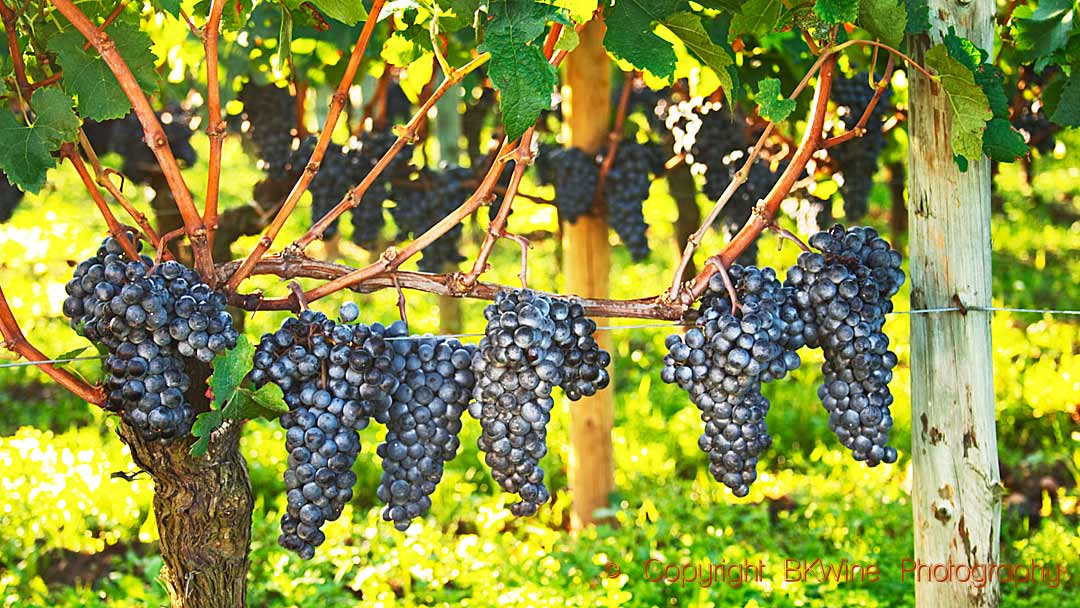
An affordable alternative: Lalande de Pomerol
If you like Pomerol-style wine there is a cheaper solution. The neighbouring commune of Lalande-de-Pomerol, just north of Pomerol, makes wines of similar style although perhaps slightly less full-bodied and complex. But their price means that one easily accepts this slight difference.
As in Pomerol estates are small. In total Lalande-de-Pomerol consists of 1000 hectares shared between approximately 200 growers. Many estates have improved tremendously in recent years and you can still find bargains among the wines here.
Saint Emilion
Saint Emilion is composed of as much as 5,000 hectares and has therefore not been affected by the same price hysteria as Pomerol.
It has its own classification, which is revised – in principle, but not always in reality – every ten years, unlike the Médoc classification from 1855 which is virtually unchanged since its creation. According to the latest revision four chateaux are in a group of their own, the premier grand cru classé (A): Château Cheval Blanc, Château Ausone, the two chateaux which have long been at the top, and two new arrivals from the revisions in 2012, Château Angelus and Château Pavie.
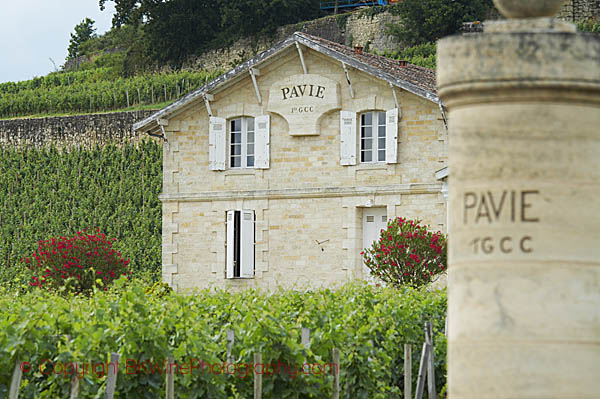
If you visit Saint Emilion you should not miss the Maison de Vin that is located in the centre of the village. Here you can buy Saint Emilion wines, even some older vintages, at good prices.
Learn more about the latest, highly contested, Saint Emilion classification on BKWine Magazine: The new classification of Saint Emilion.
[box type=”info” style=”rounded” border=”full”]It is a special experience to travel around in Bordeaux with all its famous wines. Join us on a wine tour to Bordeaux that will take you to some of the fabulous chateaux and taste excellent wines and luxurious food, with BKWine. Next tour is in September!
Travel to the world’s wine regions with the experts on wine and the specialist in wine tours.
Wine tours like no others can.[/box]
